The variable handling and movement of large, heavy loads – weighing 2,000 pounds or more – used to fall to manned forklifts over any other type of material handling technology used in warehousing, distribution, or order fulfillment. Although there have been other automated solutions for storage and transport of these loads, notably conveyors and unit-load automated storage and retrieval systems (ASRS), those technologies require specific parameters in order to achieve safe product movement. Chiefly, the loads must:
- Be transported on a conveyable media (typically a pallet)
- Have a regular, consistent, standardized shape with a well-balanced center of gravity for stability during transport
- Move at a highly controlled rate of flow
- Follow a consistent, routine travel path from Point A to Point B
Conveyors and ASRS certainly have their place in warehouse automation and fulfillment automation for fixed-path movement of large, heavy loads. However, for a variable movement that complements these fixed solutions, companies are increasingly investing in flexible, automated transport technologies that replace forklifts. These include autonomous, automatic guided vehicles (AGVs) in several formats, including forked, tugger, and platform types.
There are a variety of reasons for this trend.
First, as managers continue to struggle to hire and retain qualified labor – and as labor costs steadily rise due to high competition for available workers – it’s simply become difficult to find certified forklift operators (as well as other warehousing, distribution, and fulfillment associates). Adding automation reduces dependence on employees who may or may not show up for their shift, take breaks, and can drive (or park) forked vehicles unpredictably.
Conversely, AGVs follow predictable paths, travel at constant speeds, and are easily located thanks to fleet management software. While AGVs have been on the market for a couple of decades now, in the past few years significant advances have been made in their onboard control and safety technologies.
The newest AGVs no longer require a wire embedded in the floor or reflectors mounted on walls, racks, or ceilings for navigation. Instead, today’s vehicles can be programmed to follow a predetermined path, as well as to sense and independently navigate around obstacles they encounter in their movement. This continued forward travel and automatic obstacle avoidance prevents a slowdown in productivity while increasing the safety of personnel working in proximity to the vehicles. It also eliminates the damage to products, building structures, and other equipment caused by forklift collisions.
Another safety benefit of autonomous vehicles for large, heavy load handling is consistent travel speed. Unlike forklifts driven by an operator, AGVs move no faster than their programming allows. This eliminates the risk of human error, as well as the tendency for forklift drivers to travel at top speeds, increasing the likelihood of an impact. Further, with today’s emphasis on social distancing and preventing potential cross-contamination by minimizing worker-to-worker contact, AGVs autonomously transport loads between employees, reducing the risk of viral transmission.
Their inherent flexibility in travel path and ease of reprogramming also makes AGVs a sound investment for load transport to and from different locations within an operation. Many offer drag-and-drop path creation and editing via their control software, making it simple to modify their travel route. This allows them to be used in different processes as an operation’s needs change.
While most AGVs are currently used to transport loads from receiving to put-away and storage, or from storage to forward replenishment, they can also be implemented to complement an existing conveyor application. For example, an operation can create a buffer queue for value-added processes with the conveyor line while the AGVs take over product transport and movement. The newest AGV applications include automatic pallet loading and unloading in trailers. The vehicles easily negotiate the tight turns and load patterns that maximize outbound load capacity to safely place or remove loads without risking trailer or dock damage.
Finally, the cost of AGVs has been steadily decreasing, making an investment in a fleet of these units a much easier cost to justify. Whereas an AGV capable of handling large, heavy loads cost in excess of $300,000 just a few years ago, today such a solution can be acquired for significantly less per vehicle with the advances in technology. Further, the more pallets handled per day, the more efficiently those loads can be handled with automated solutions. When compared to the cost of one forklift operator per shift in a multi-shift environment – plus factoring in the elimination of potential damage to facility, product, and other employees – return on investment (ROI) for an AGV can be achieved fairly quickly.
Looking for more solutions to safely and productively handle for heavy, large loads in your operation? To learn more about working with DCS and our Supply Chain Consultants, we invite you to connect with us.
_
Author
 John Knudsen, Project Director, johnk@designedconveyor.com
John Knudsen, Project Director, johnk@designedconveyor.com
A 25-year veteran of the material handling industry in his second year with DCS, John has worn many hats u2013 business modeling, process and system concepting, system design, project management and implementation, and operational improvement u2013 and has settled in over the past year as the Lead Solutions Manager. Outside of the office, John loves to fish and hunt, and is into traveling and spending time with his family.
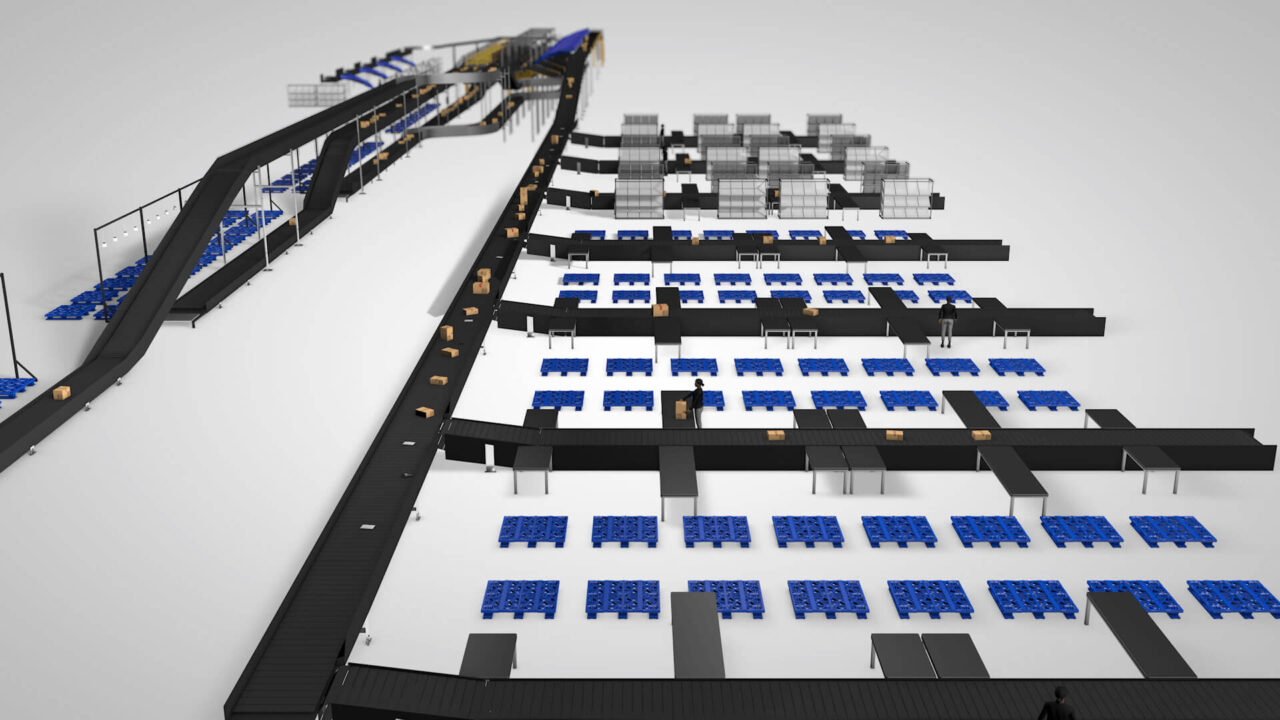
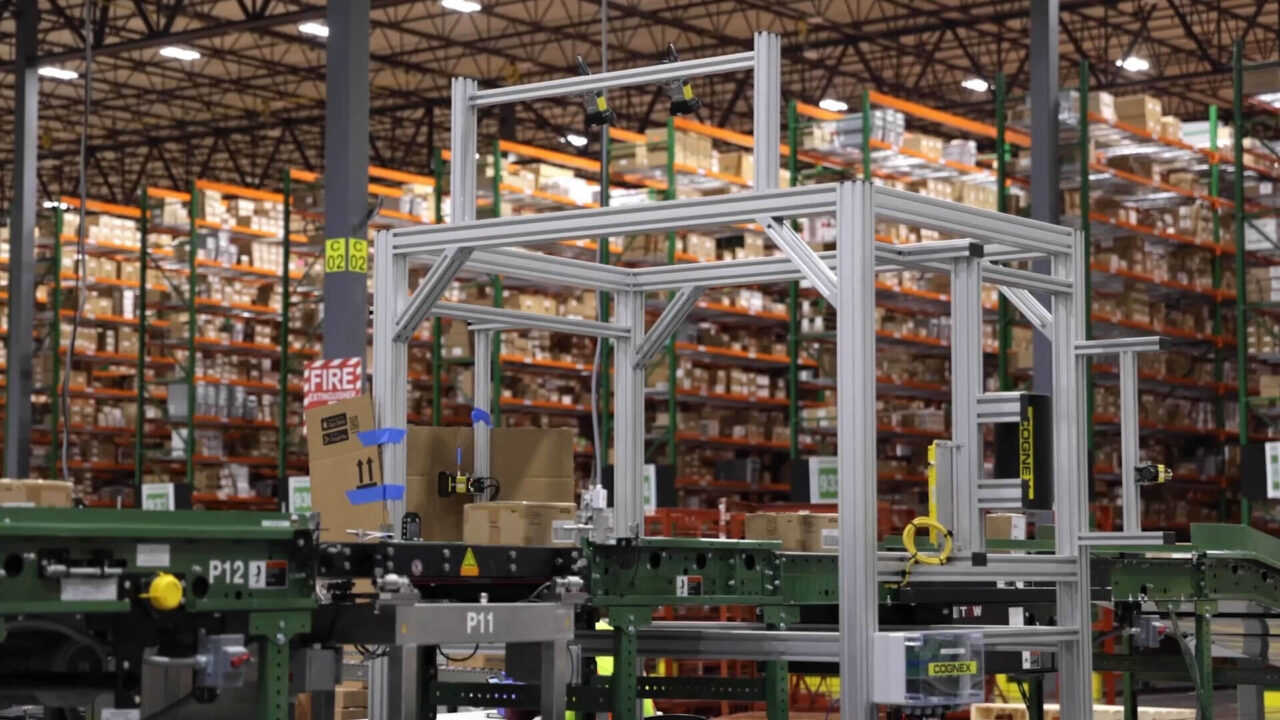
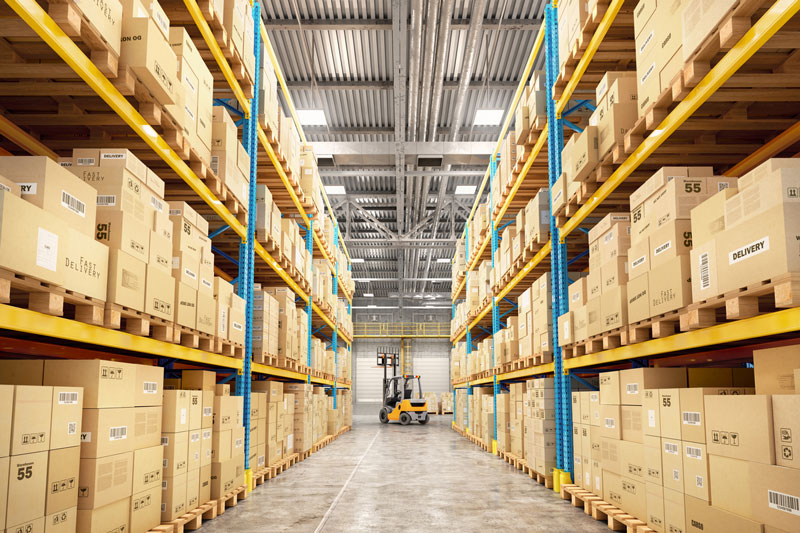


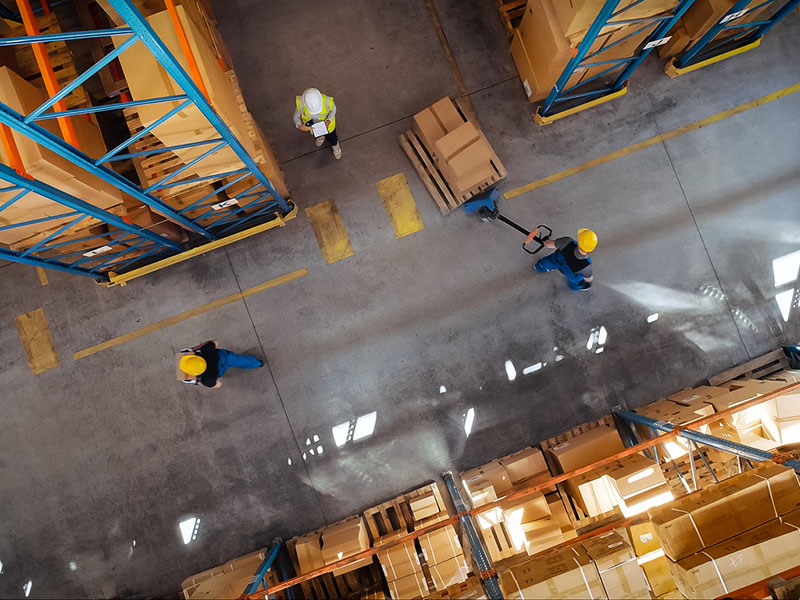

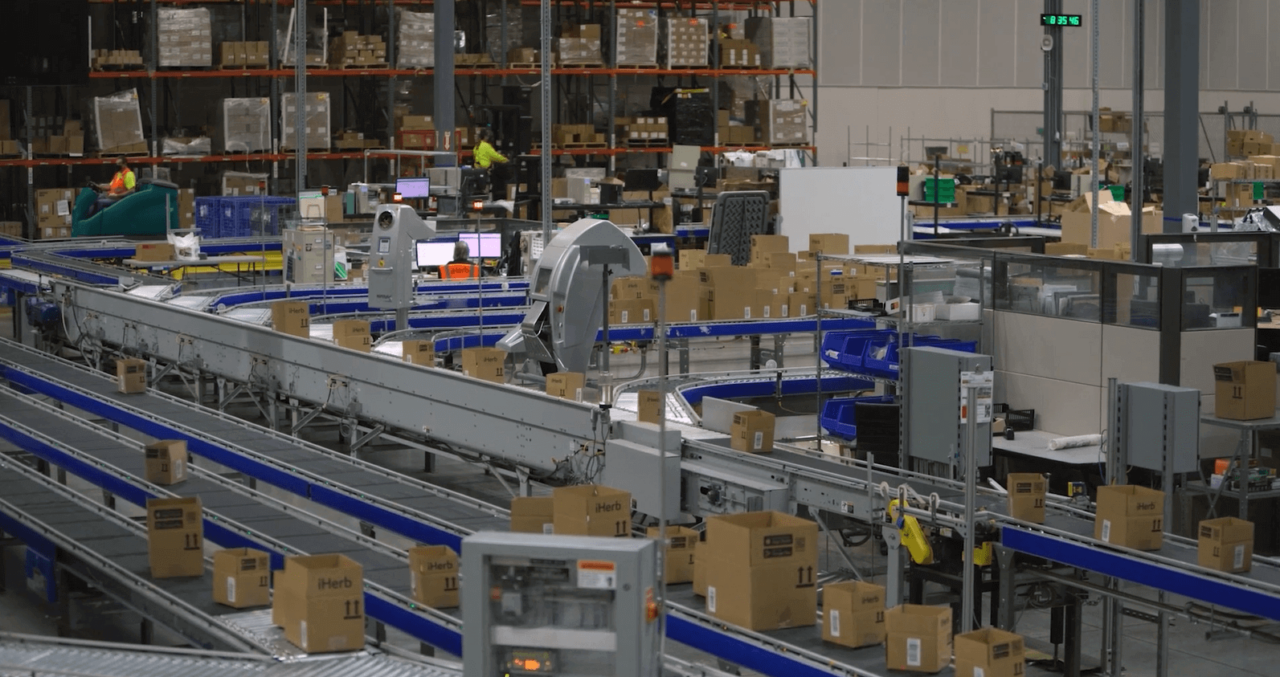
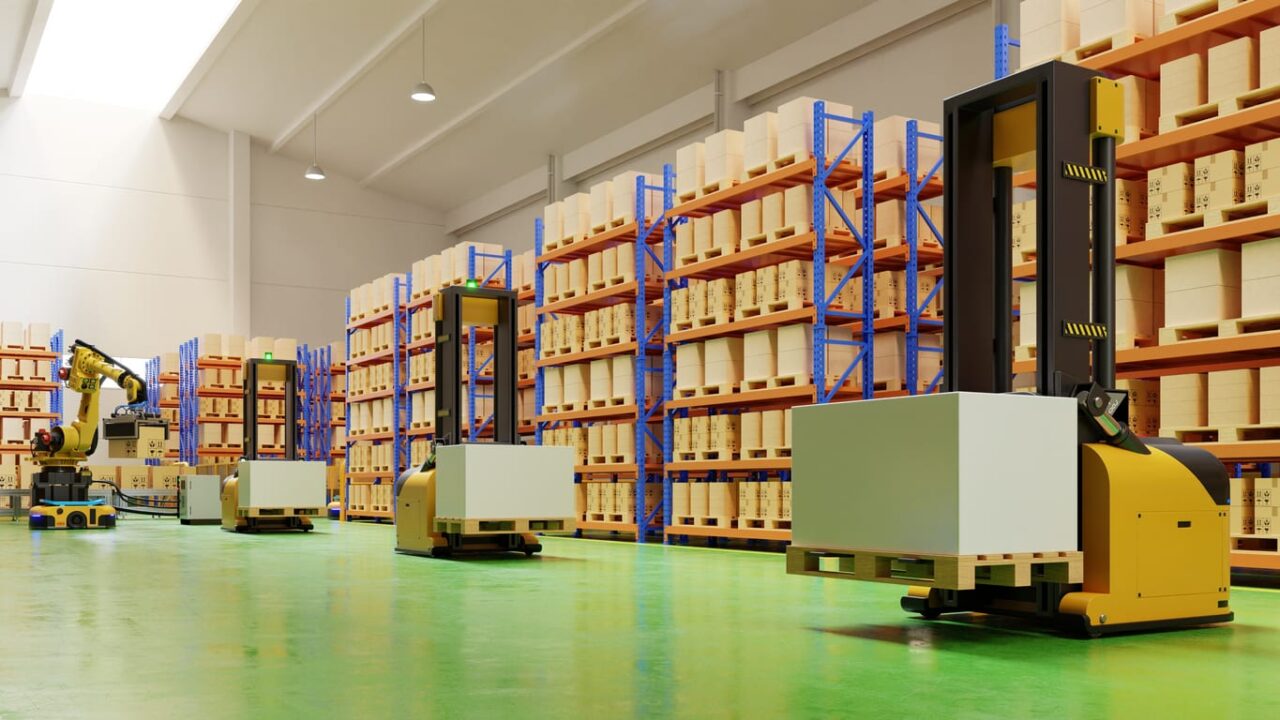
 John Knudsen, Project Director,
John Knudsen, Project Director,